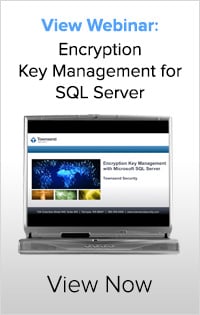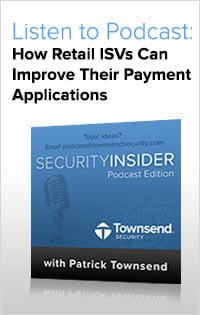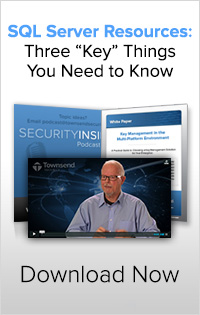Three questions to ask yourself when choosing encryption key management for vCloud
Businesses are moving more and more data to the cloud, and in our world, more data floating around in the cloud means more concern about securing sensitive data. It is no surprise to anyone that a single business can processes millions of pieces of sensitive data every day. From credit card numbers to social security numbers and protected health information (PHI), retail, financial, and healthcare organizations are processing this data in greater numbers than ever before.
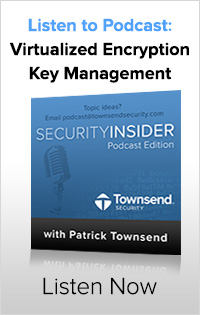 Storing data in the cloud is one way businesses are conserving resources. Another way they are doing this is with platform virtualization. VMware is one of the most popular and widely used virtualization solutions currently used by enterprises. Alongside their virtualization software, VMware also supports the vCloud architecture that allows users to seamlessly move their workloads to a hosting or cloud vendor that supports this architecture.
Storing data in the cloud is one way businesses are conserving resources. Another way they are doing this is with platform virtualization. VMware is one of the most popular and widely used virtualization solutions currently used by enterprises. Alongside their virtualization software, VMware also supports the vCloud architecture that allows users to seamlessly move their workloads to a hosting or cloud vendor that supports this architecture.
Securing data in a virtualized environment introduces new security concerns, simply by the fact that applications processing sensitive data share resources such as memory, disk storage, and central processing units (CPU) with other applications on a physical machine. If a business decides to move their data to vCloud, this introduces even more concerns around the fact that a cloud environment shares these resources with other people and businesses as well.
Security professionals agree that security should be the number one concern for businesses moving data to the cloud. No one should ever assume that their cloud provider is protecting their data, especially if you need to meet compliance regulations such as PCI-DSS, GLBA/FFIEC, or HIPAA/HITECH. The only way to protect sensitive data in the cloud is by implementing a data security plan that includes strong encryption and encryption key management.
Townsend Security recently released Alliance Key Manager for VMware. This encryption key management solution is identical to our FIPS 140-2 compliant Alliance Key Manager hardware security module (HSM) for database encryption and is compatible with vCloud architecture to provide powerful data security for data in the cloud. This versatile instance of our encryption key manager works with any cloud or hosting provider that supports VMware vCloud architecture.
When choosing a third-party encryption key management provider to secure your data in vCloud, it is important to ask yourself these three questions:
1. Is it cost effective?
Businesses are looking towards simplified and scalable data storage solutions to reduce cost and conserve resources. Virtualization and cloud services serve businesses by providing cost-effective options for data storage and processing. Your encryption and key management should not thwart your goals to reduce cost and complexity in your business. You need solutions that will scale with your transition to virtualization and the cloud and that will work seamlessly in these environments. One of our fundamental beliefs is that budget should not be a barrier to good data security!
2. Will your encryption key management move with you to the cloud?
Not all businesses have moved to the cloud. However, as the cloud becomes more and more prevalent as well as cost effective, it’s important to keep in mind that you might decide to migrate to the cloud in the future. This migration can either be relatively simple or a huge headache depending on how cloud-compatible your software and hardware providers are. Choosing sophisticated solutions that are prepared to move with you to the cloud and will provide you with thorough technical support is critical to your success.
3. Will your key management prepare you for a breach?
In today’s data climate, a data breach for most businesses is no longer a matter of “if,” but, “when.” The only way to secure a breach, prevent data loss, and avoid data breach notification is by using strong, industry standard, and certified encryption and encryption key management. You’ll want your encryption key management solution to implement key management best practices that go above and beyond industry certifications. Certifications are often a low bar in data security, and implementing best practices will increase your security posture tremendously. Your encryption key management should be NIST FIPS 140-2 compliant if you want your data security to stand up to scrutiny in the event of a breach.
To learn more about enterprise key management for VMware and vCloud, download our podcast "Virtualized Encryption Key Management."


 By themselves, applications running VMware aren’t PCI compliant. Companies using VMware to reduce costs and consolidate their IT infrastructure still need to take responsibility for their own PCI compliance. Thankfully, VMware has made achieving PCI compliance through third-party security solutions easy with open architecture and standard APIs. VMware also recognizes the need for security in virtualized environments and has gone so far as to team up with CoalFire, a QSA auditing firm to publish guidelines for achieving PCI compliance in a virtual environment.
By themselves, applications running VMware aren’t PCI compliant. Companies using VMware to reduce costs and consolidate their IT infrastructure still need to take responsibility for their own PCI compliance. Thankfully, VMware has made achieving PCI compliance through third-party security solutions easy with open architecture and standard APIs. VMware also recognizes the need for security in virtualized environments and has gone so far as to team up with CoalFire, a QSA auditing firm to publish guidelines for achieving PCI compliance in a virtual environment.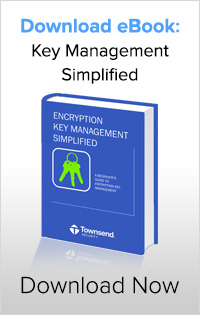
 Key Revocation: An administrator can use Alliance Key Manager to revoke or deactivate a key so that it is no longer used for encryption requests. In certain cases the key can continue to be used to decrypt data previously encrypted with it, like old backups, but even that can be restricted. A revoked key can, if needed, be reactivated by an administrator, although this would be more an exception to the rule than common practice.
Key Revocation: An administrator can use Alliance Key Manager to revoke or deactivate a key so that it is no longer used for encryption requests. In certain cases the key can continue to be used to decrypt data previously encrypted with it, like old backups, but even that can be restricted. A revoked key can, if needed, be reactivated by an administrator, although this would be more an exception to the rule than common practice.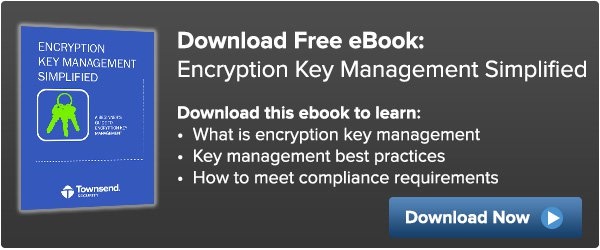
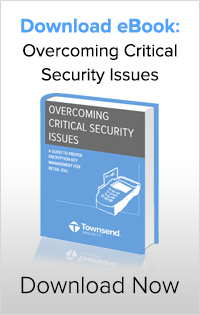


 Excellent Back End Support - When it comes to back end support, the people you deal with on a day-to-day basis can make or break a partnership. Townsend Security works closely with our partners to ensure their success. We provide our partners with training, marketing materials, OEM options, as well as easy and cost effective licensing models to get our powerful solutions protecting your customers as soon as possible.
Excellent Back End Support - When it comes to back end support, the people you deal with on a day-to-day basis can make or break a partnership. Townsend Security works closely with our partners to ensure their success. We provide our partners with training, marketing materials, OEM options, as well as easy and cost effective licensing models to get our powerful solutions protecting your customers as soon as possible.




